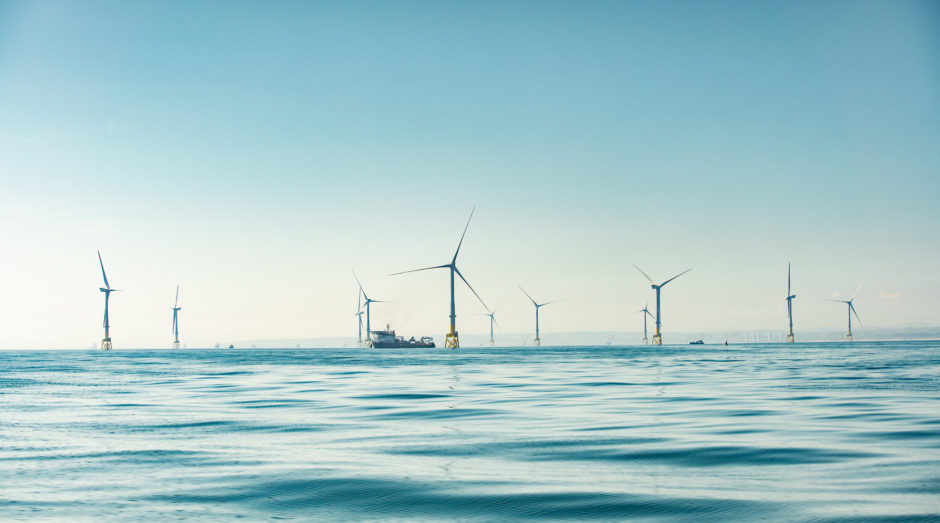
A major study to be carried out to assess the risk of seabird collision with Scotland’s offshore wind farms.
Marine Scotland, part of the Scottish Government, is committing £385,000 to secure a contractor to carry out detailed investigations.
RSPB Scotland has welcomed the new research, with the charity hopeful it will accurately expose the dangers of offshore wind farms to wildlife for the first time.
However, north anti-windfarm protesters claim the commissioning of the study is “too little, too late”.
The 11-turbine Aberdeen Bay Wind Farm is already operating, while two of the largest offshore wind projects in the world, the 950MW Moray East project and the 1,075MW Seagreen project, are under construction.
The Kincardine Offshore Wind Farm, which at 50MW is the largest floating wind array in the world, is also under construction.
A Marine Scotland spokesman said: “The project is part of the Scottish Government’s ongoing efforts to increase the evidence base available for the sustainable management of our marine environment.
“Seabird flight height helps us understand how different species are using the marine environment – flight height can differ between foraging and transiting behaviours – and the risk of seabird collision with offshore wind farms.”
The project will use technology mounted on aircraft to collect measurements of seabird flight heights for individual species, comparing the heights with their distance from a wind farm and individual wind turbine generators.
RSPB Scotland spokesman Charles Nathan said: “We welcome the Scottish Government’s research into seabird flight height and hope the outputs of this and other research will enable Scotland to act on climate change and deliver renewable offshore wind in a manner that does not worsen the biodiversity crisis.
“We’ve consistently highlighted that offshore wind development can cause serious negative impacts on our seabirds – impacts such as collision of seabirds with turbines, turbines blocking important flight pathways and loss of access to their preferred feeding areas.
“Ultimately, the impact of offshore wind, individually and cumulatively across multiple wind farms, could cause huge impacts on our seabird populations and, sadly, the extent of these risks are currently relatively poorly understood.
“Investment in research such as this project is crucial to help us understand and, therefore, avoid these risks as we deploy vast amounts of offshore wind to meet our net-zero emission targets.”
Brenda Herrick, of the Caithness Wind Farm Information Forum, added: “Talk about too little too late.
“There are offshore wind farms being constructed now. What happens if this study says there is a harm to seabirds? Are they going to be stopped?
“I also worry about the impact on sea mammals in all this and there should be more done to look into the whole impact of offshore wind farms.”
Moray campaigner George Herraghty, of Save Wild Moray, said: “If a golden eagle has been recorded soaring from Deeside to Loch Maree, and back, in a single day, at turbine height, then absolutely nowhere is safe from a ‘carefully sited’ wind farm.
“The rotor blades of a wind turbine have a radius as long as a football field and rotate at 300 km/h.
“Against these huge propeller walls, birds, bats and insects don’t stand a chance.”
Recommended for you
